
5 Foundational Strategies for
Teaching Measurement for Grades 3-5
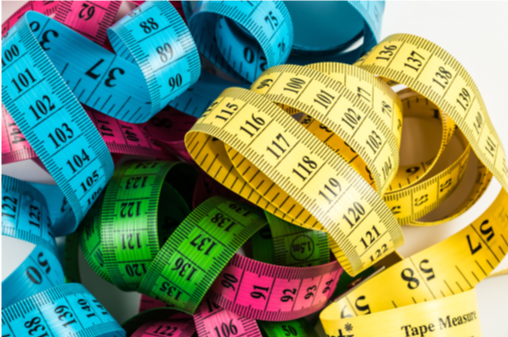
Sewing, shopping, cooking, construction, science - measurement is all around us! It’s a fundamental and necessary math tool that carries over to other foundational math concepts like number lines, spacial concepts, and the use of fractions. With the right approach, teaching measurement can be more than a series of common math lessons.
This post provides 5 strategies of how to teach measurement in a way that connects your students physically to measurement, giving them experiences along with a foundational understanding of measurement concepts.
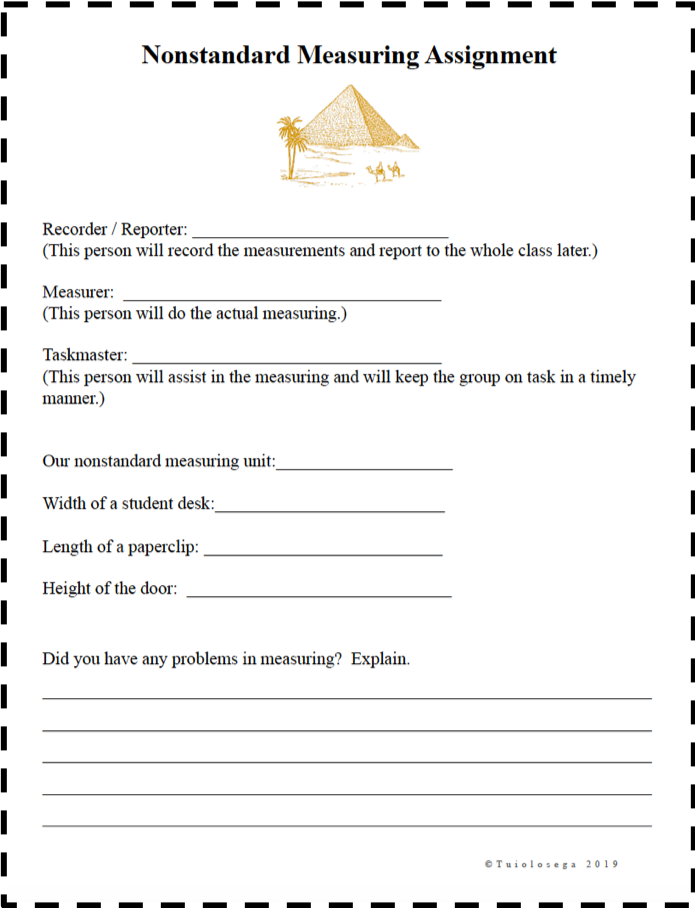
#1: Start with a non-standard measuring activity.
By beginning without the normal tools such as a tape measure and asking students to measure with a unit they come up with, students are led to understand what a standard actually is and the need for standards in measurement. The students will clearly see that without a standard, one student's measurement, of say the width of a desk, is not the same as another's. The students will see, through experience, that there is a need for a standard and that measurement is, in fact, a comparison with a known standard. All that, and they are sure to have some fun with the exercise!
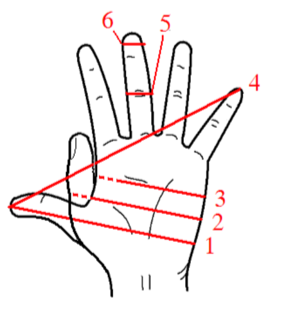
#2. Teach the history of measurement.
A non-standard measuring activity is a great lead-in to the history of measurement. Oh no! some might think! Talk about making something boring! But no, the history of measurement and how it is a human construction is interesting and physically connects students to the topic. I still use the tip of my thumb to my knuckle as an estimate of an inch. I recommend a read aloud with How Tall How Short How Farwaway by David A. Adler or Millions to Measure by David M. Schwart. Better yet, read them both! A video is another option, but there is nothing like a book! Whatever you choose, make sure that it includes information on the fact that early people (e.g. the Egyptians, Sumerians, Hebrew, Europeans) used parts of their bodies as measurement units.
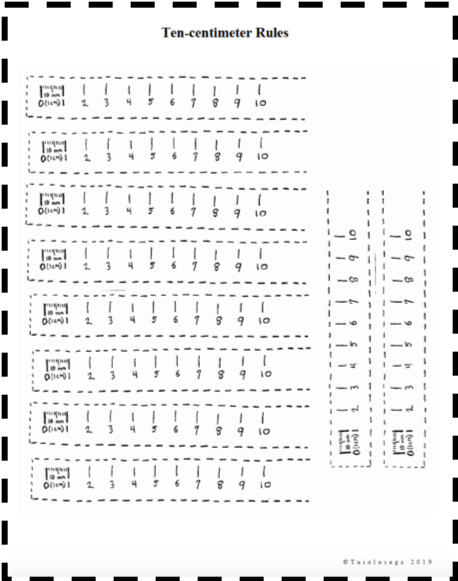
#3. Have students create their own measuring instruments.
Instead of giving students a meter, have them tape 10-centimeter rules together. This will require your students to pay close attention to the detail of segments and to a meter’s actual length. This also reinforces the conversions of millimeters to centimeters to meters.
A challenging STEAM connection is to have students construct their own scales. Encourage students to use available resources and to be creative. A student who builds their own scale will have a better understanding of its mechanics. This activity also reinforces the very concept of scale, helping with all facets of measurement, including clocks, which can be tricky. The Average Teacher blog goes into detail on student-created rulers here.
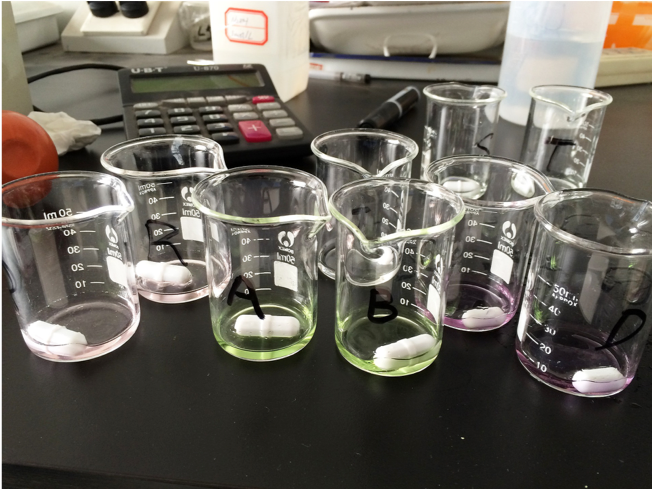
#4. Have them measure!
Learning measurement is inherently hands-on. Pull out the measuring tapes, scales and containers so that students can physically experience the various lengths, weights and capacities. Teach your students how to use these basic tools and then have them use the tools.
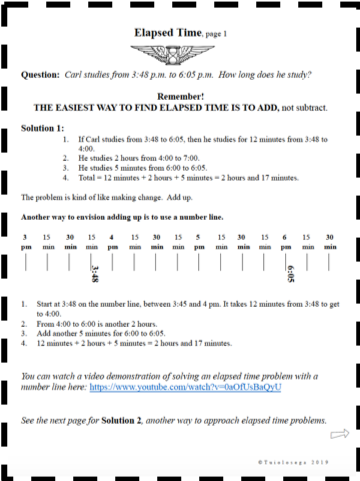
#5. When teaching elapsed time, add up!
Time is tricky, but there are strategies to tackle elapsed time that help. Remembering to add up, rather than subtract is key. A great visual tool for understanding elapsed time is using a number line as demonstrated in this video. Of course, using clock manipulatives and providing lots of practice helps solidify students' understanding of elapsed time.
With these strategies, make teaching measurement a thoughtful and physical learning experience that connects your students to the topic and provides them an experience they are sure to remember!
How about you? Do you have ideas to share on ways to teach measurement?
©Tuiolosega 2020
